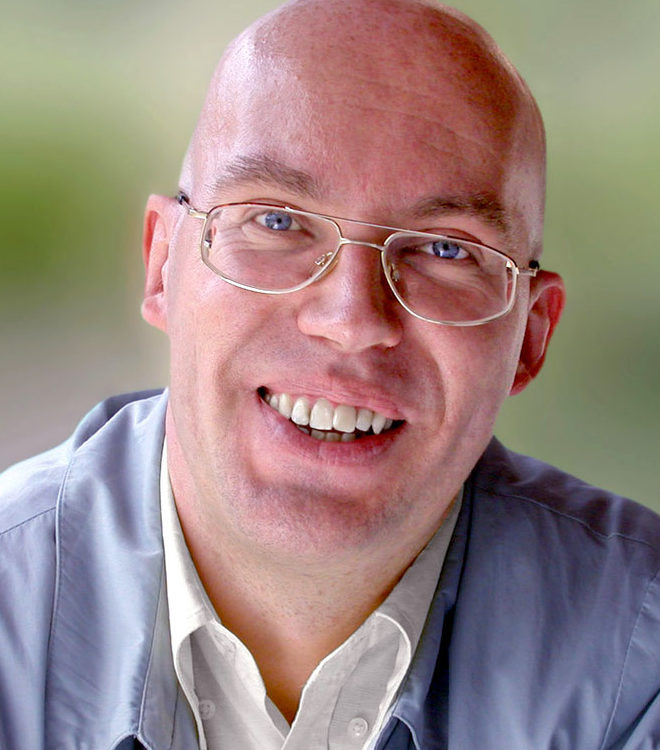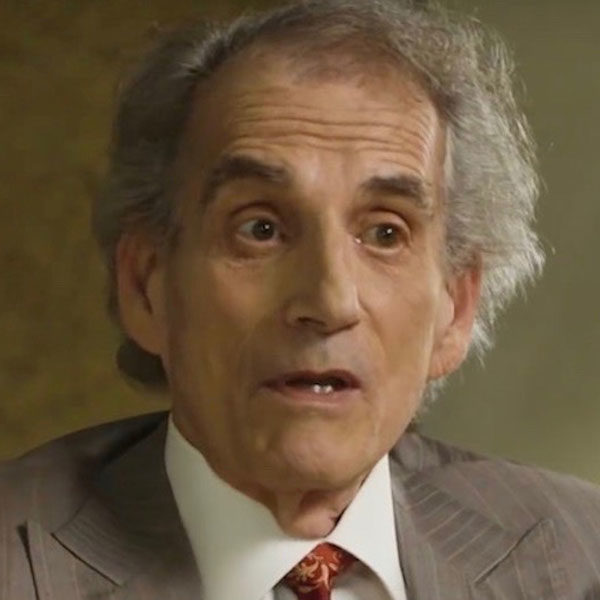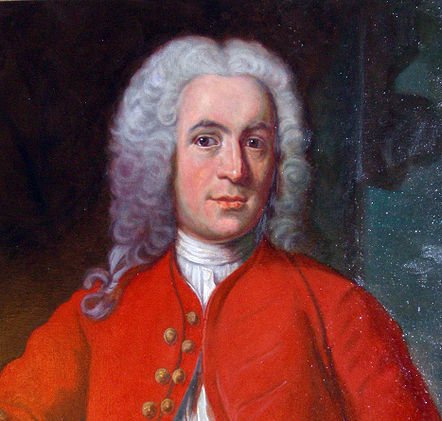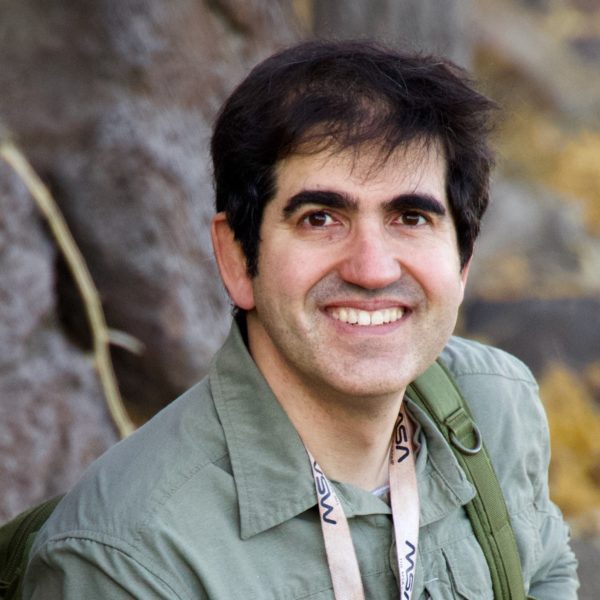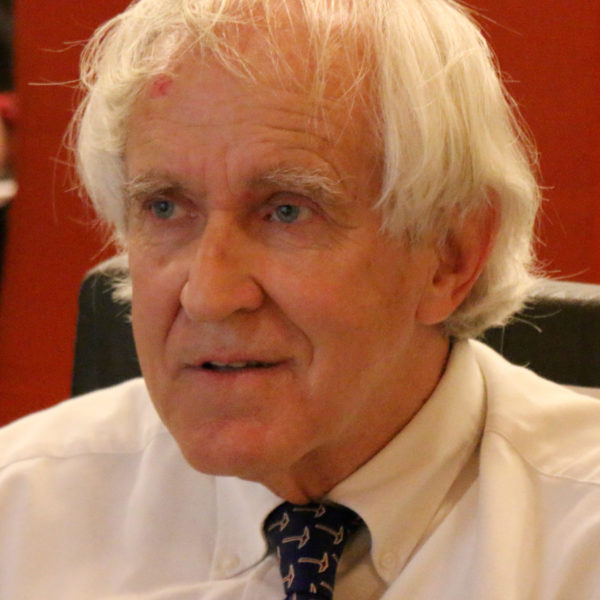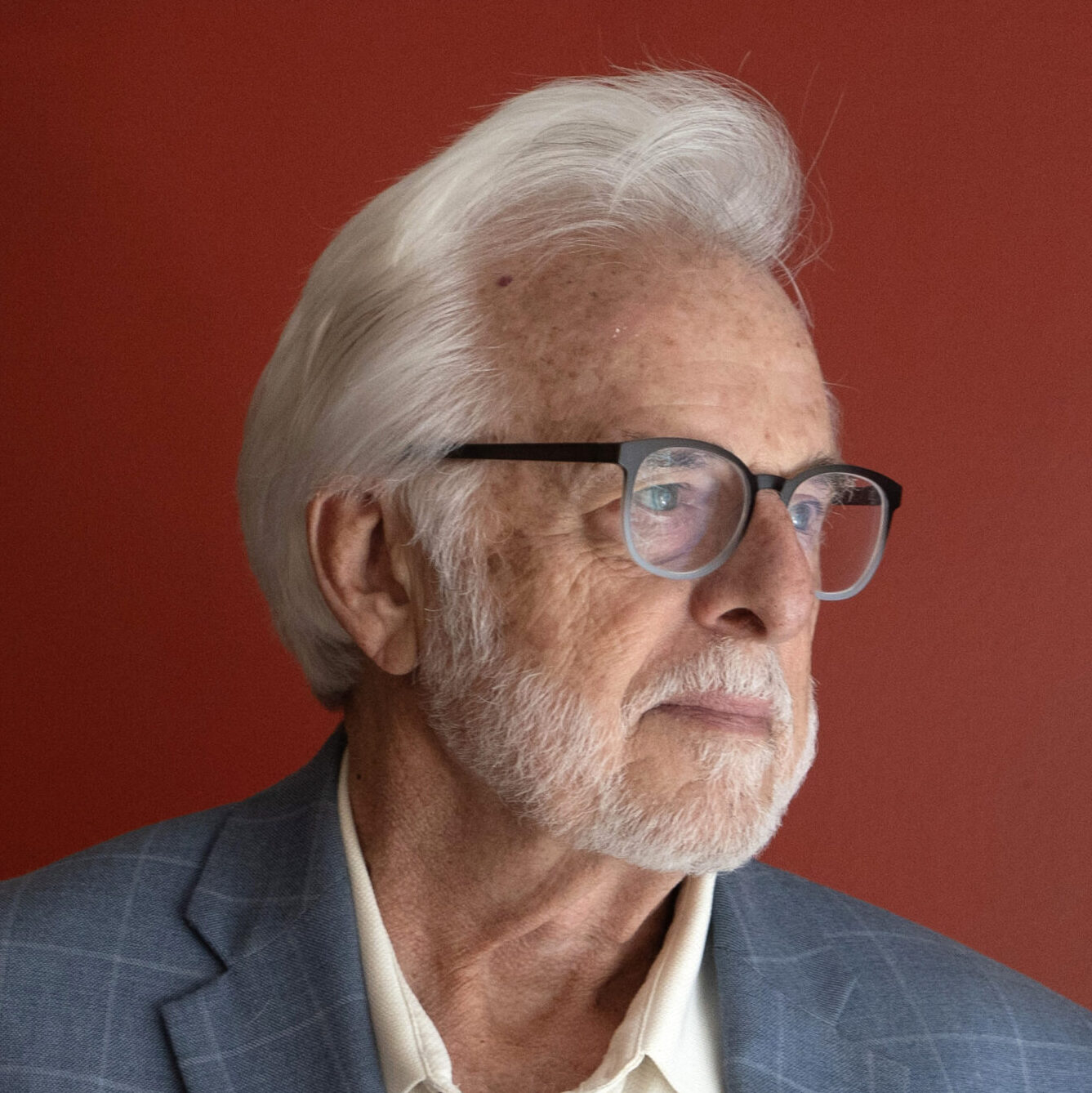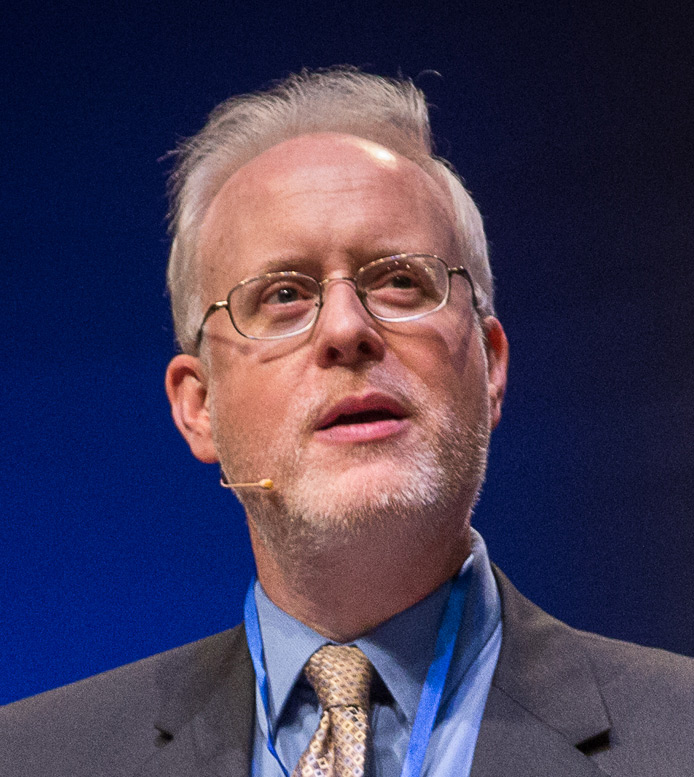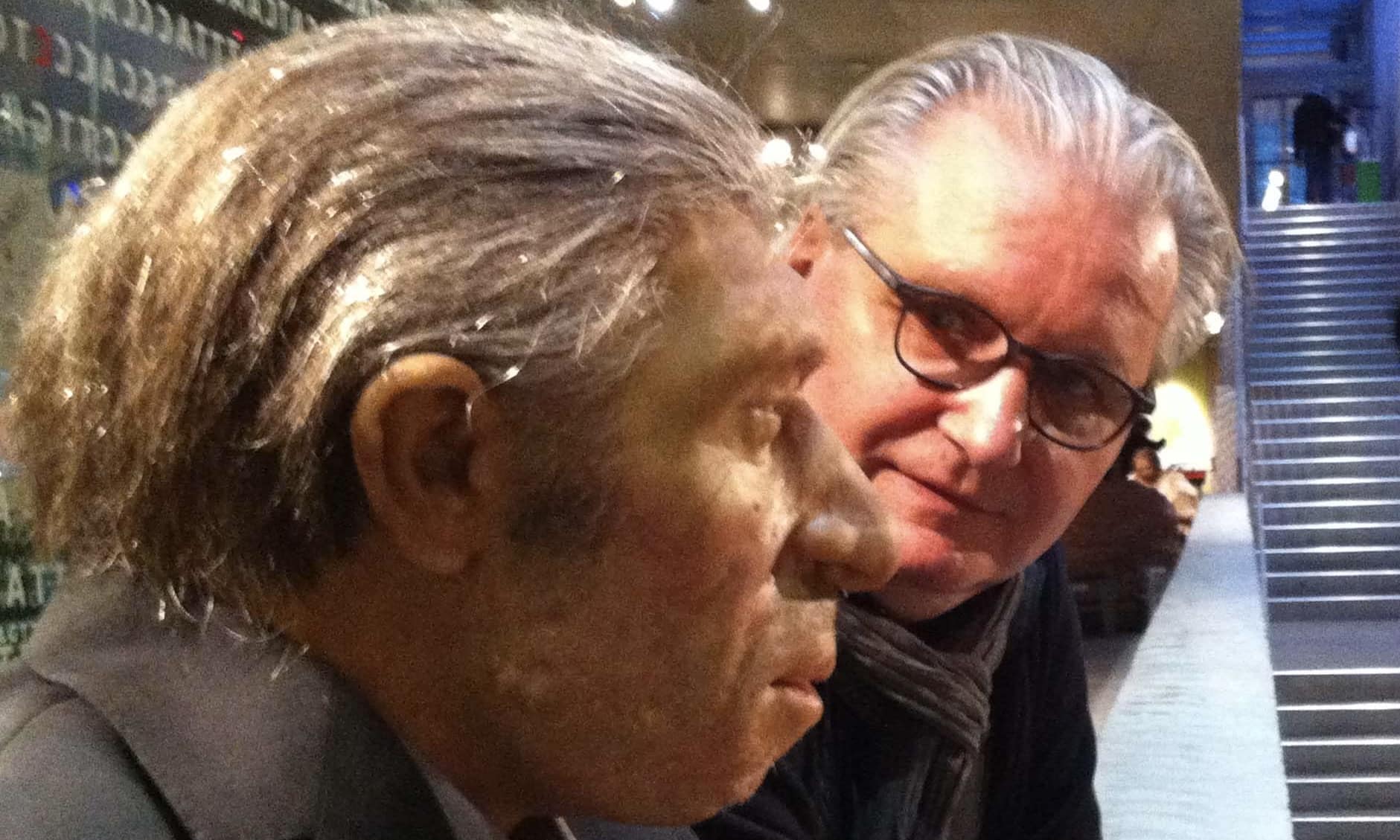Making the rounds on the mainstream media recently has been a story that “lead exposure helped shape human intelligence” (Science Daily). This just-so story, based on a smidgen of stains on teeth, accomplished two goals for Darwinians: it allowed the imposition of natural selection onto the evidence, and it maintained the needed separation of Neanderthals from modern humans. As Denyse O’Leary has said, “in an evolution-based scheme, someone must be the subhuman.”
Mutational Causation
According to the hypothesis published in Science Advances, Neanderthals fell behind in the fitness race by suffering from lead poisoning. A mutation in the modern human lineage at the NOVA1 gene, a key regulator of neurodevelopment, supposedly gave “modern” humans a slight edge of protection from the neural damage of lead poisoning — just enough to help us break the tape in the fitness race and leave the Neanderthals stumbling behind into extinction.
I tend to think this tale would have made our Neanderthal brethren furrow their thick brows, then burst out laughing. After all, they might say in their complex language, they got on just fine for 400,000 years in that environment. And what about all the other cave critters that prospered in spite of drinking lead-tainted water? This makes no sense. Neanderthals thrived, migrated, mastered hunting and fishing, made art, and left their imprint in the European human genome — all under harsh environments that required understanding and manipulating their resources. Would that not make them more logical than evolutionary anthropologists living lives of comparative ease today?
Another mutational explanation was put forth by Kristina Killgrove at Live Science. In this tale proposed by Zurich scientists, “Gene variants in red blood cell function may have doomed the hybrid babies of Neanderthals and modern humans.” A genetic difference in the PIEZO1 gene supposedly made it harder for hybrid babies to survive, because the Neanderthal variant, which causes oxygen to cling more tightly to hemoglobin, was better suited for cold temperatures. The details need not concern us, because the notion is ridiculous. Neanderthals migrated far and wide across many environments and yet they thrived with their version of PIEZO1. For example, PNAS reports evidence in Crimea that suggests Neanderthals participated in long-range migrations and cultural connections across Eurasia.
Extinction Theory Going Extinct?
Killgrove backpedals on the mutation theory anyway, quoting anthropologists like John Hawks who said, “There are no single-gene explanations for what was a long and complicated interaction across many archaic human groups, as modern humans entered the places where they lived and interacted with them.” And as Denyse O’Leary suggests, perhaps the Neanderthals never went extinct anyway. Frequent intermarriage with “modern” humans blended away any distinctions between the two populations.
Krystal Kasal at Phys.org proposes the same idea, citing a mathematical model that suggests “Neanderthal and H. sapienpopulations simply mixed together over time, resulting in a hybrid (but mostly H. sapien) breed of hominin.” According to the biological species concept, two individuals who can produce fertile offspring belong to the same species by definition. Given that Neanderthals left traces of their DNA in modern humans, they belonged to the same species, Homo sapiens. Clearly both groups recognized one another as the same kind of creature. What “modern” human would have fallen in love with a sub-human? Evolutionary anthropologists rarely mention that important aspect: human attraction. They speak clinically of “genetic admixture” or “introgression” but do not usually picture romance between our ancestors that led to the genetic mixing.
Neanderthal Artists
Art is one hallmark of human exceptionalism. It signifies a “human nature” that transcends survival and imbues the human soul with conscious, creative, conceptual thought. In New Scientist, Alison George discusses ochre “crayons” found in Crimea that apparently “provide clues to how Neanderthals created art.” Such artifacts would seem to have no purpose other than to draw things on cave walls. Dated at 40,000 years BP, “This discovery is the firmest evidence yet that some Neanderthal groups used coloured pigments in symbolic ways — behaviour once regarded as the sole domain of our species.”
In The Conversation, Paul Pettitt, archaeologist at Durham University, makes the case for even older Neanderthal art. He was part of a team that dated artistic creations in a Spanish cave that was sealed 22,000 years before modern humans are thought to have arrived in Iberia. “Even ardent sceptics must agree,” he says, “that this data unambiguously reveal[s] artistic activities in deep caves which can only have been made by Neanderthals.”
True, Neanderthal artwork currently known, consisting of handprints, finger flutings, and arranged speleothems, lacks the sophistication of later cave paintings like those in Chauvet Cave; but it still serves as an indicator of mental sophistication, self-awareness, and conceptual thought. To the cave art can be added ornaments made with shells and ivory and possible musical instruments like flutes. Other artifacts presupposing foresight are known, such as well-fashioned stone tools hafted onto wooden handles with adhesives suggesting complex chemical processing. Given all this evidence, one cannot rule out the possibility that more sophisticated examples of representational art by Neanderthals will be discovered.
Cousins in the Family
Another people group that evolutionary anthropologists try to label in the “less evolved” category are the Denisovans. Described originally only from their DNA, these members of the Homo family are being revealed little by little. In Current Biology, Michael Gross reviews the accumulating evidence to build a comprehensive picture of the Denisovans. Three skulls or skull fragments are now being proposed as Denisovan individuals — somewhat distinct from Neanderthals but closer to them than to modern humans.
With these recent discoveries, Denisovans are now known to have lived in four widely separated locations with different climates, ranging from the cold of Siberia to subtropical Taiwan. This spread is plausible in the context of the genetic traces of Denisovans that are still found among the people of Asia and Oceania.
The clincher to establish them as fully human populations, once again, is genetic admixture. Denisovans, Neanderthals, and “modern” humans were all capable of attraction, falling in love, and starting families. They recognized one another as the same kind of being, just as European explorers in America readily married native American women and bore sons and daughters — a remarkable thing if they had been “evolving” separately for tens of thousands of years. They would have laughed at evolutionary notions that they were separate species, or else would have been deeply offended — one reaction or the other. (See Casey Luskin’s statements about “splitters” who try to divide humans.)
Historical Racism
When interpreting Neanderthals and Denisovans, scientists raised with the Darwinian mentality have a growing number of facts arrayed against them. They need to stop putting people groups into “less evolved” categories. It’s a form of historical racism. Racism begins with classifying certain groups as “other than us” followed by ranking them in a hierarchy of progress. The mixed genes from these groups — Neanderthals, Denisovans, and “modern” humans — bear silent testimony to ancient recognitions between them that they understood themselves to be the same kind of being. It’s past time to lay aside historical racism, drop the names that divide, and honor our brethren as part of one human family.

